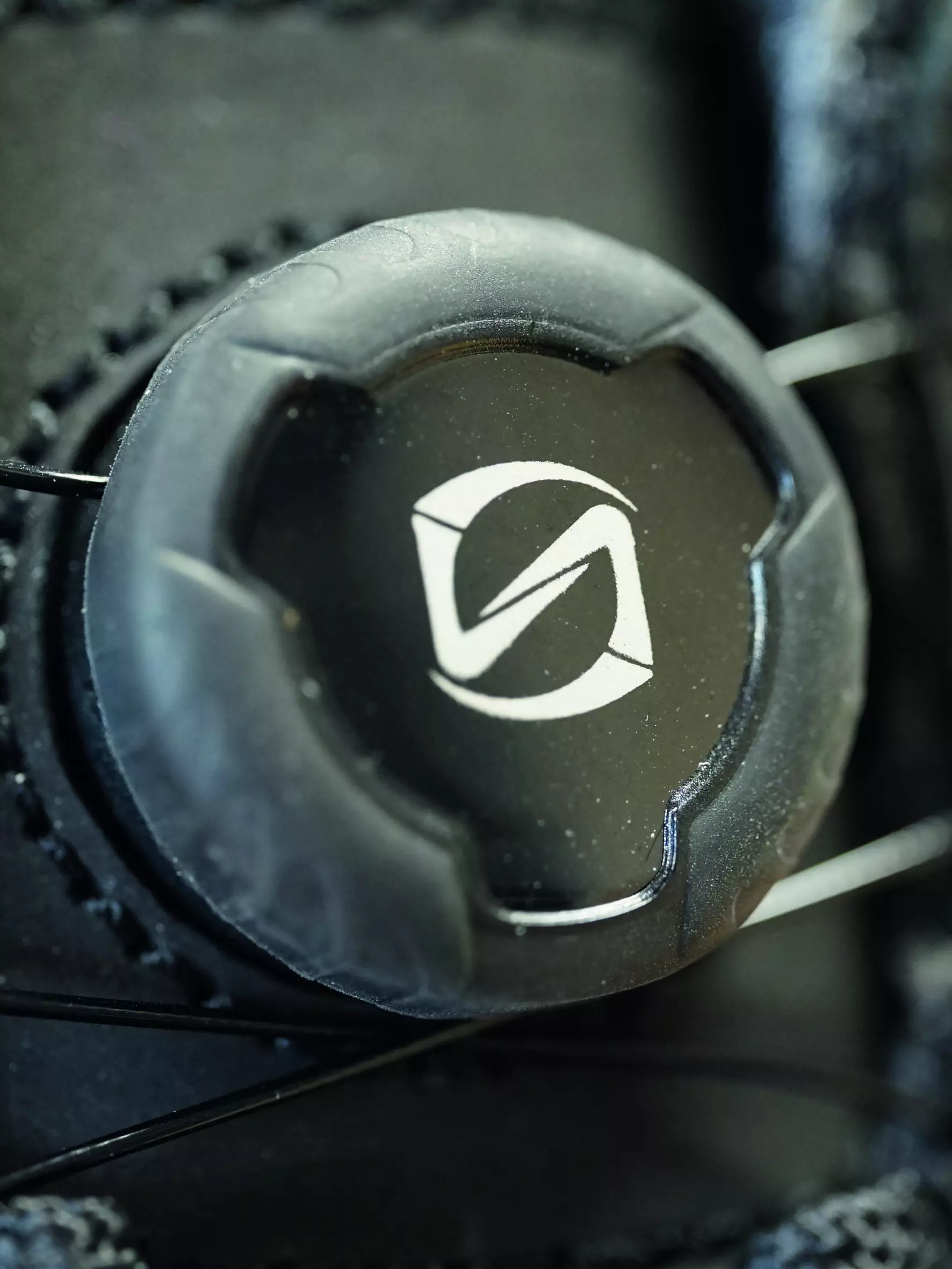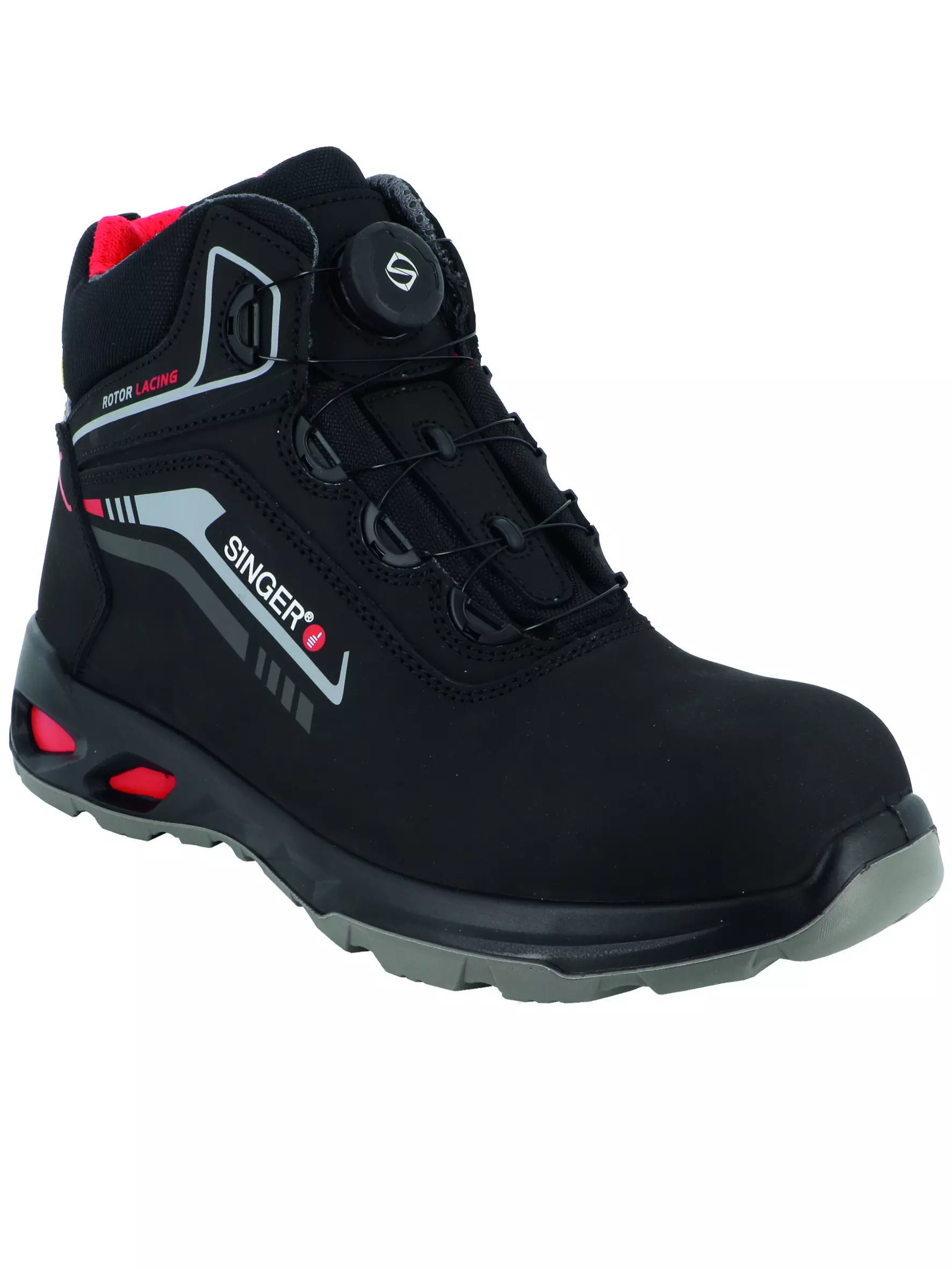
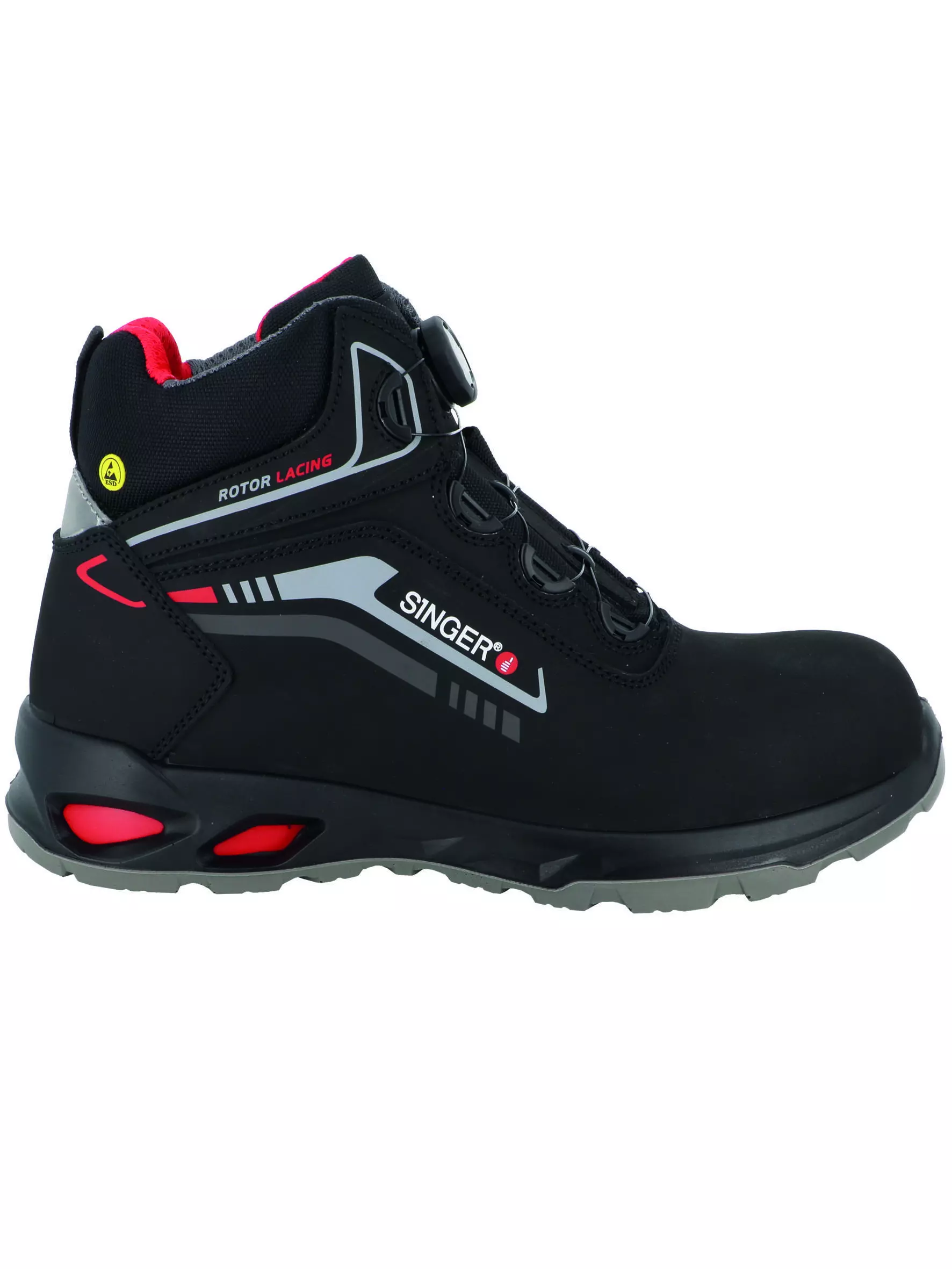
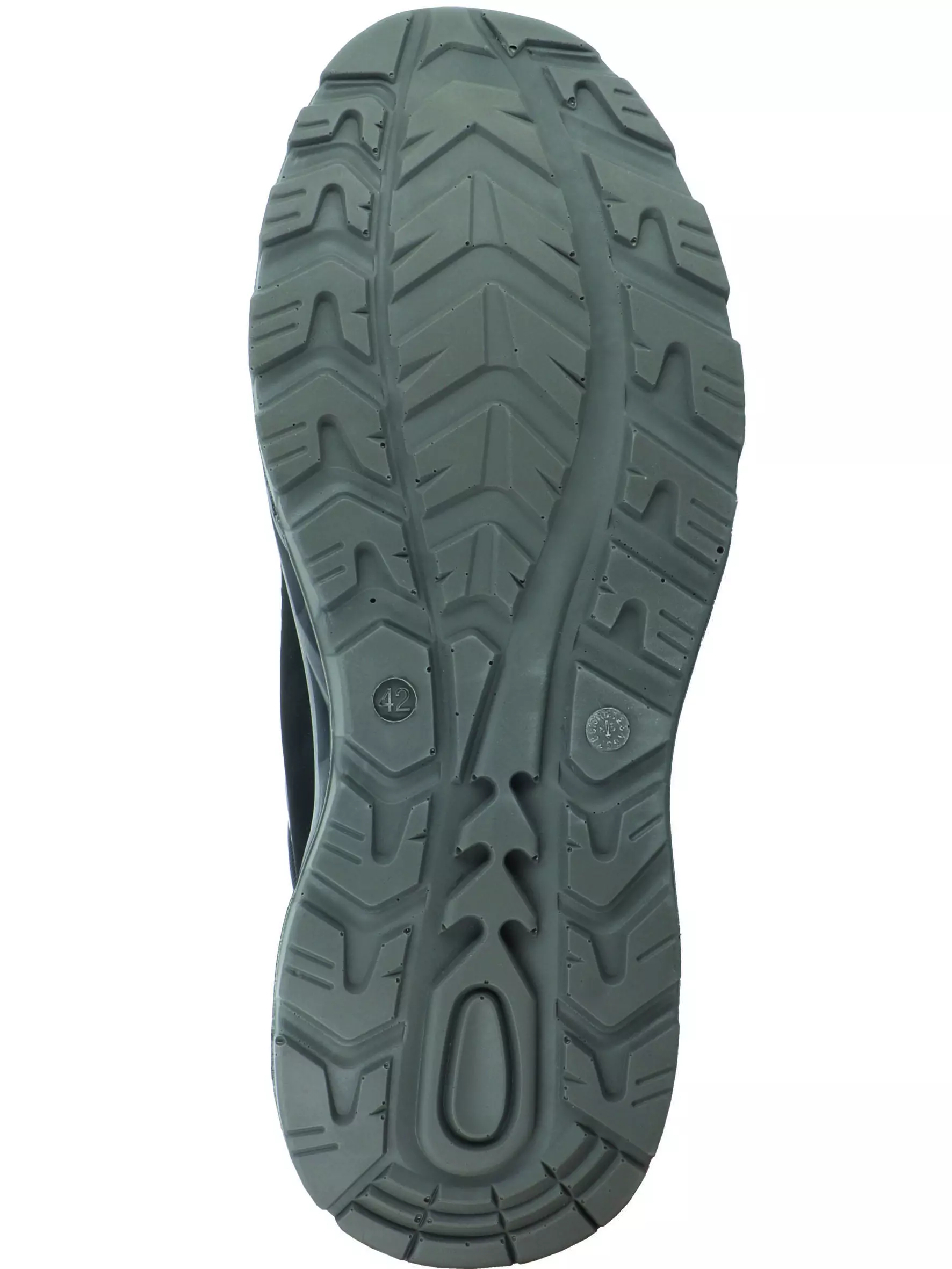
Features You'll Love
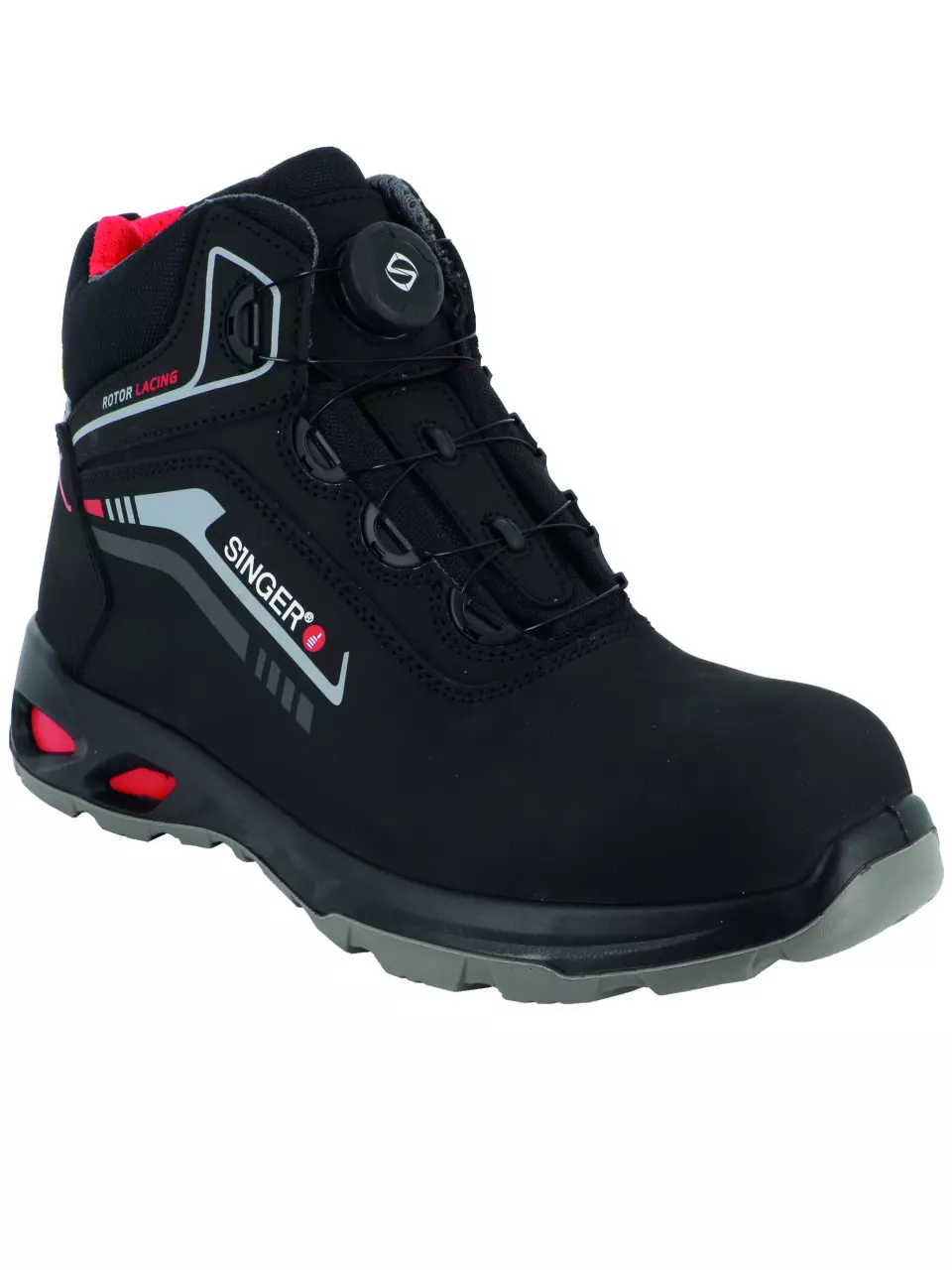
Toe Cap Material · Composite
EN ISO 20345 · E
EN 61340-4-3 · Electrostatic Discharge Antistatic
The material used in the protective toe cap, determining the level of impact protection, weight, and suitability for different work environments.
This footwear features energy absorption in the heel region, providing extra cushioning to reduce the impact of walking or jumping on hard surfaces. This feature enhances comfort and helps minimize foot fatigue during long periods of wear.
This product safely dissipates static electricity to protect sensitive electronic components from damage. It is ideal for use in environments where electrostatic discharge is a concern, such as in electronics manufacturing, assembly, or repair areas.

Outsole Properties · Shock Absorbing
EN ISO 20345 · A
Shock-absorbing soles provide cushioned comfort, reducing impact and foot fatigue for all-day wear.
This footwear protects against the buildup of static electricity, reducing the risk of static shock or sparks. It is ideal for work environments where electrostatic discharge needs to be minimized to protect workers or sensitive equipment.
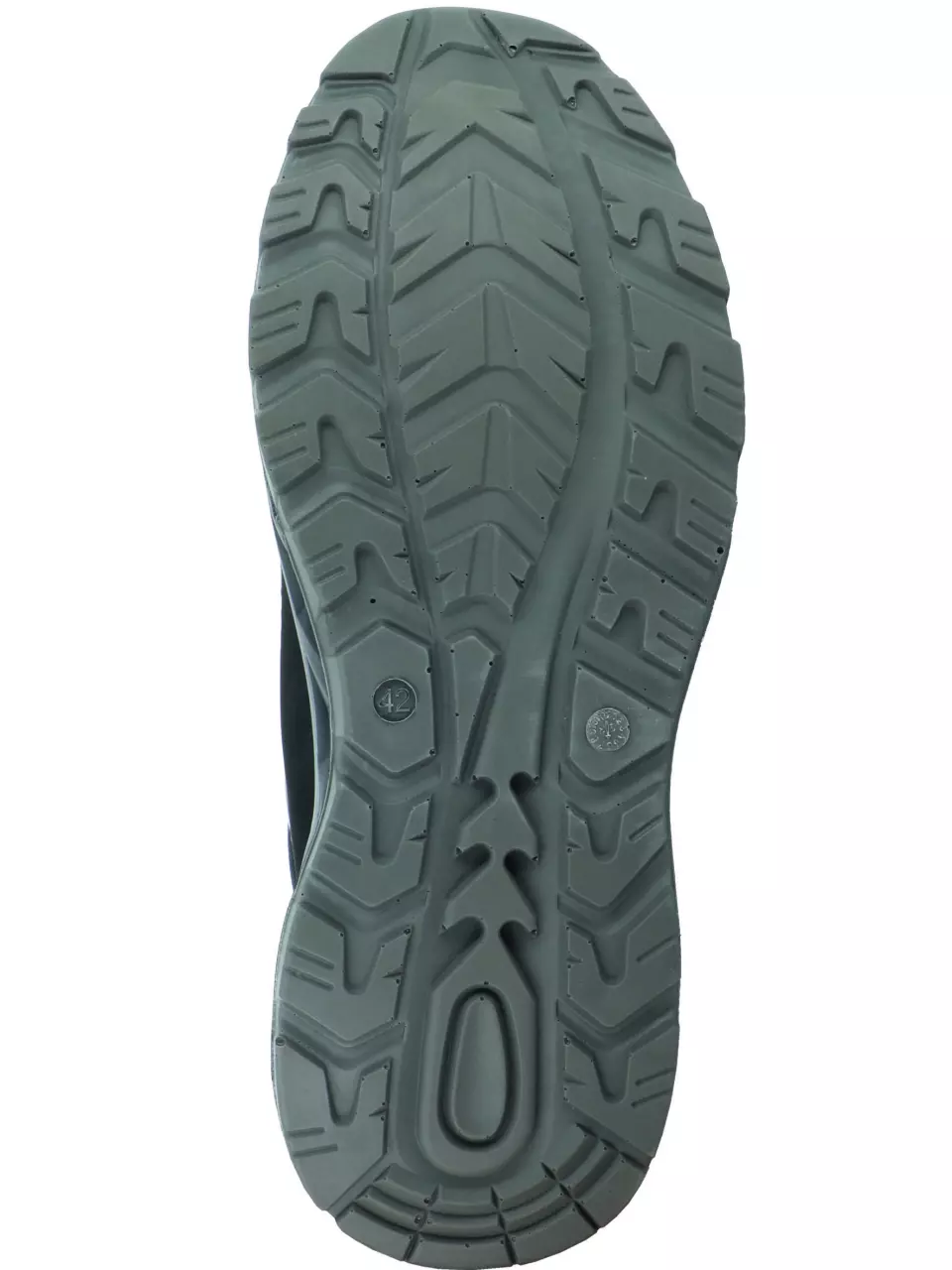
Outsole Properties · Anti Slip, Oil Resistant
EN ISO 20345 · FO
Anti-slip soles provide superior grip, keeping you safe and steady on challenging surfaces.
Oil-resistant soles ensure secure footing and lasting durability in oily environments.
This footwear's outsole is resistant to fuel and oil, preventing the material from degrading. It is ideal for work environments where you may come into contact with hydrocarbons like petrol, protecting the shoe's longevity and performance.
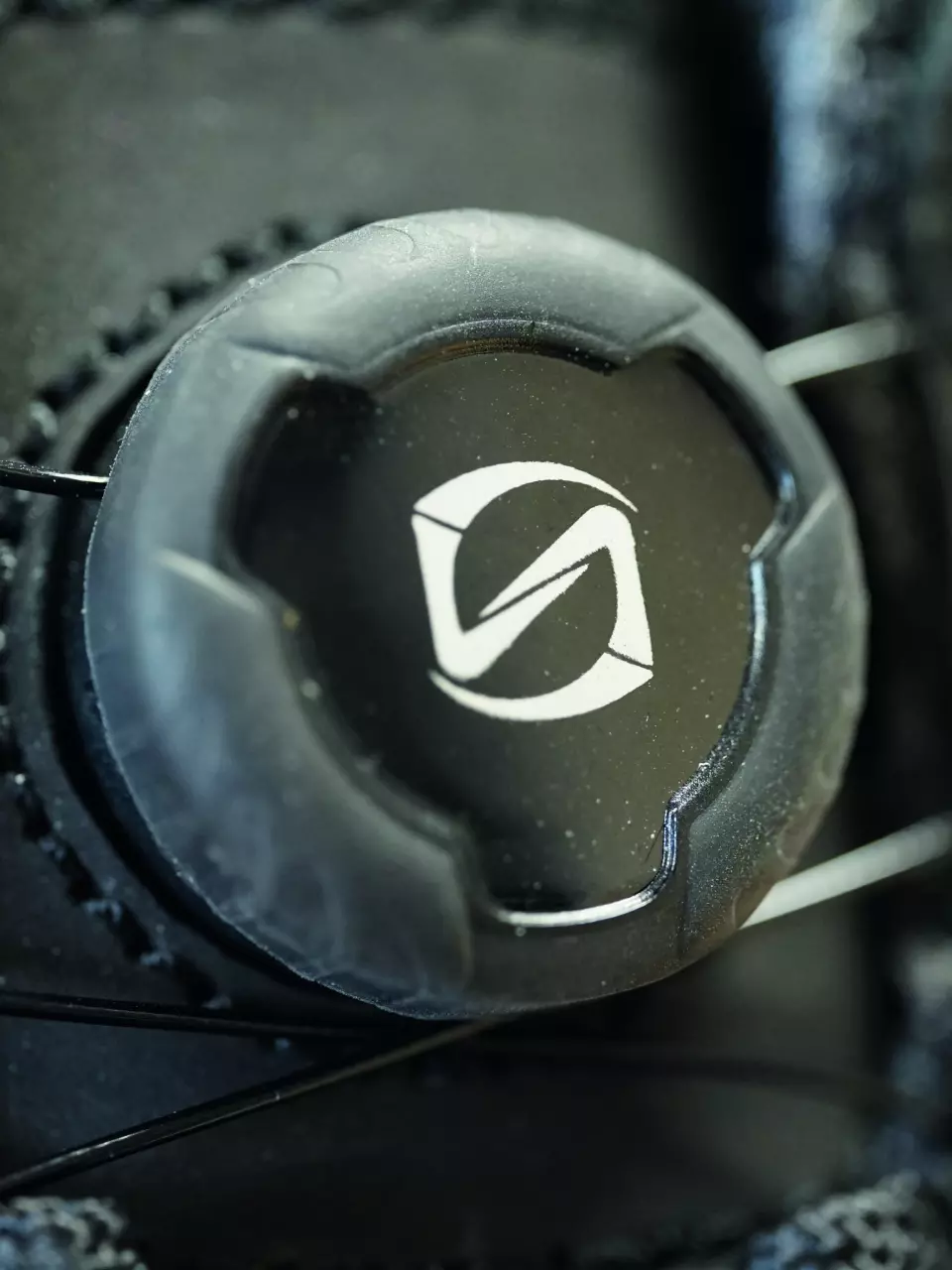
Closure Style · Spin Lock
The method used to secure the shoe to your foot, affecting how easy it is to put on and take off.
Singer Safety
High Safety Shoe, S3S
High Safety Shoe, S3S
4.8 / 5
62,29 €
Choose size
Free delivery
Features You'll Love

Toe Cap Material · Composite
EN ISO 20345 · E
EN 61340-4-3 · Electrostatic Discharge Antistatic
The material used in the protective toe cap, determining the level of impact protection, weight, and suitability for different work environments.
This footwear features energy absorption in the heel region, providing extra cushioning to reduce the impact of walking or jumping on hard surfaces. This feature enhances comfort and helps minimize foot fatigue during long periods of wear.
This product safely dissipates static electricity to protect sensitive electronic components from damage. It is ideal for use in environments where electrostatic discharge is a concern, such as in electronics manufacturing, assembly, or repair areas.

Outsole Properties · Shock Absorbing
EN ISO 20345 · A
Shock-absorbing soles provide cushioned comfort, reducing impact and foot fatigue for all-day wear.
This footwear protects against the buildup of static electricity, reducing the risk of static shock or sparks. It is ideal for work environments where electrostatic discharge needs to be minimized to protect workers or sensitive equipment.

Outsole Properties · Anti Slip, Oil Resistant
EN ISO 20345 · FO
Anti-slip soles provide superior grip, keeping you safe and steady on challenging surfaces.
Oil-resistant soles ensure secure footing and lasting durability in oily environments.
This footwear's outsole is resistant to fuel and oil, preventing the material from degrading. It is ideal for work environments where you may come into contact with hydrocarbons like petrol, protecting the shoe's longevity and performance.

Closure Style · Spin Lock
The method used to secure the shoe to your foot, affecting how easy it is to put on and take off.
Product description
The MONZA safety boot offers superior protection and comfort for demanding industrial environments. Featuring a water-repellent leather upper and innovative rotor lacing system for quick adjustments, these boots provide excellent resistance to hydrocarbons through their double-density polyurethane sole. The composite toe cap delivers 200J impact protection while the high tenacity textile midsole ensures flexibility and puncture resistance, all while maintaining ESD properties to protect sensitive electronic equipment.
Product Features:
- Water repellent leather upper for durability and protection
- Rotor lacing system for quick and precise adjustment
- Composite shockproof toe cap (200J) for lightweight protection
- High tenacity textile pierce resistant midsole
- ESD properties to prevent electrostatic discharge
- Comfortable padded tongue with gusset
Technical Details:
- Injected polyurethane double-density sole with hydrocarbon resistance
- Ergonomic ESD insole in preformed PU for all-day comfort
- Textile lining for breathability
- EN ISO 20345:2022 S3S FO SR ESD certification
- Compliant with European Regulation (EU) 2016/425 on PPE, Category II
Recommended Applications:
- Public works
- Heavy industry
- Light industry
- Building and construction
- Finishing work
EAN: 3660514078437, 3660514078451, 3660514078475, 3660514078499, 3660514078512, 3660514078536, 3660514078550, 3660514078574, 3660514078598
